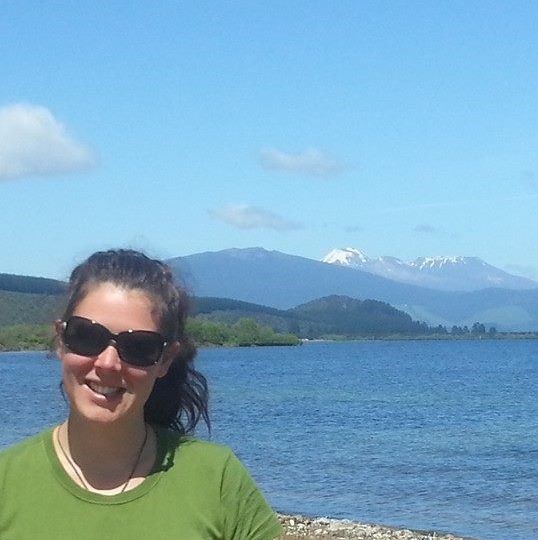Mid Pliocene (3.3-3 Ma) sea-level reconstructions from the Whanganui Basin, New Zealand
Mid Pliocene (3.3-3 Ma) sea-level reconstructions from the Whanganui Basin, New Zealand
Date: 16 March 2016 Time: 12.00 pmSpeaker: Geology PhD Candidate Georgia Grant
 The Mid-Pliocene Warm Period (MPWP; 3.3 – 3.0 Ma) was characterised by CO2 levels of 400 ppm (Seki et al., 2010) and global average temperatures 2-3°C above present (Haywood, 2013), comparable to future warming scenarios (Masson-Delmotte et al., 2013). Two, ~350 m sediment cores recovered from the Whanganui Basin, contain contemporaneous laterally adjacent shallow marine strata. These cores will be analysed to reconstruct the magnitude, amplitude and frequency of global sea-level fluctuations during the MPWP.
The Mid-Pliocene Warm Period (MPWP; 3.3 – 3.0 Ma) was characterised by CO2 levels of 400 ppm (Seki et al., 2010) and global average temperatures 2-3°C above present (Haywood, 2013), comparable to future warming scenarios (Masson-Delmotte et al., 2013). Two, ~350 m sediment cores recovered from the Whanganui Basin, contain contemporaneous laterally adjacent shallow marine strata. These cores will be analysed to reconstruct the magnitude, amplitude and frequency of global sea-level fluctuations during the MPWP.
Paleowater depth will initially be reconstructed through a combination of facies analysis, foraminiferal depth paleoecology using extant benthic taxa (Naish and Kamp, 1997; Naish et al., 1998; Hayward et al., 1999) and a sediment grain-size wave-water depth relationship (Dunbar and Barrett, 2005). A two-dimensional backstripping approach that removes the regional effects of loading (sediment and water), compaction and tectonic subsidence, will be applied to the paleobathymetry reconstruction to obtain an independent estimate of the amplitude of eustatic sea-level change MPWP (e.g. Kominz and Pekar, 2001). The resulting amplitude of glacial to interglacial regional sea-level changes will be registered to present day sea-level and corrected for glacio-hydro isostatic adjustments using a self-consistent gravitational visco-elastic Earth model (e.g. Lambeck, 2009; 2011), to produce new estimates of global mean sea-level.
